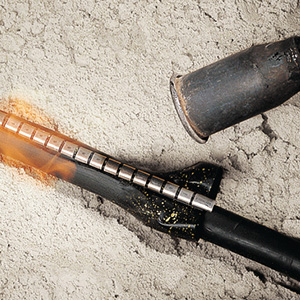 Heat shrink tubing plays a vital role in mechanical maintenance and repair, offering a versatile solution for protecting, insulating, and repairing various components. Used widely across industries, heat shrink tubing ensures the longevity and efficiency of mechanical systems.
Heat shrink tubing plays a vital role in mechanical maintenance and repair, offering a versatile solution for protecting, insulating, and repairing various components. Used widely across industries, heat shrink tubing ensures the longevity and efficiency of mechanical systems.
Key Applications of Heat Shrink in Mechanical Maintenance:
- Wire and Cable Protection: Heat shrink tubing is often used to shield wires and cables from environmental factors such as moisture, chemicals, and abrasions. It extends the lifespan of these components, reducing the frequency of repairs.
- Component Insulation: In mechanical systems, heat shrink tubing is applied to provide electrical insulation to prevent short circuits and maintain safe operation.
- Strain Relief: In machinery with moving parts, heat shrink tubing adds strain relief to cables and wires, minimizing wear and tear from continuous movement or vibration.
- Corrosion Prevention: For mechanical parts exposed to corrosive environments, heat shrink acts as a barrier, protecting metal parts from rust and degradation.
- Repairing Hoses and Tubes: When hoses or tubes in machinery develop leaks or cracks, heat shrink tubing can provide a quick and durable repair solution, sealing the damaged area and restoring functionality.
- Bundling and Organizing Wires: In complex mechanical systems, heat shrink helps organize wires and hoses, keeping them tidy and preventing entanglement that can lead to malfunction or damage.
Benefits of Heat Shrink in Mechanical Maintenance:
- Durability: Heat shrink tubing is made from tough materials that resist wear, ensuring a long-lasting protective layer.
- Versatility: Available in various sizes and materials, heat shrink can be tailored to fit specific mechanical components.
- Ease of Application: It can be easily applied using heat, making it a quick and cost-effective repair method.
In mechanical maintenance, heat shrink tubing offers an essential tool for repair, extending the lifespan of systems while minimizing downtime.


